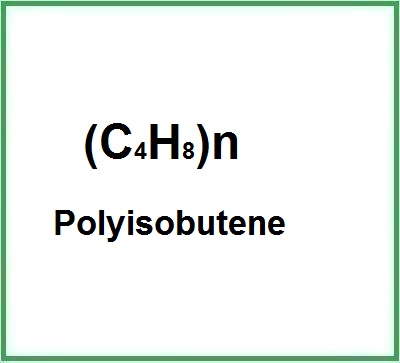![]() Polyisobutene
Polyisobutene
Rating : 7.5
Polyisobutene is a chemical compound, a homopolymer of isobutene and has the function of improving the release of medicines or binding agent, film-forming and non-aqueous viscosity agent in cosmetic products.Polyisobutene studiesMolecular Formula: C4H8 CH2=C(CH3)2Molecular Weight: 56.108 g/molCAS: 115-11-7UNII: QA2LMR467HEC Number: 204-066-3P... (Read the full Tiiip)
8 pts from Frank123
| Evaluate | Where is this found? |
| "Polyisobutene studies" about Polyisobutene Review Consensus 8 by Frank123 (12058 pt) | 2019-May-12 21:11 |
Polyisobutene is used medicinally in drug-release transdermal patches (1).
A variant of Polyisobutene, hydrogenated Plyisobutene (HP) is used for topical use in cosmetics as an emollient to hydrate a ...
| Read the full Tiiip | (Send your comment) |
| "Description" about Polyisobutene Review Consensus 8 by Frank123 (12058 pt) | 2022-May-02 11:11 |
Polyisobutene is a chemical compound, a homopolymer of isobutene and has the function of improving the release of medicines or binding agent, film-forming and non-aqueous viscosity agent in cosmetic p ...
| Read the full Tiiip | (Send your comment) |
Read other Tiiips about this object in __Italiano (2)
Component type: Chemical Main substances: Last update: 2019-05-12 21:15:05 | Chemical Risk: |


